Having a carefully thought-out data strategy is an essential part of any organization’s success in today’s environment. The data strategy drives culture and shapes future actions by providing an organization-wide understanding of what data is and how the company intends to leverage it. In a world mired in ever-evolving technologies around data ingestion, analysis, and reporting, it is harder than ever to right-size an organization’s data strategy for their needs and goals.
The ideal data strategy for any organization is one that allows for repeatable risk mitigation, forecast gains, and smart portfolio management. When creating an organizational data plan, consider why you collect this information, how you use it, whether you apply data insights (or don’t), and what problem(s) it solves.
You may find yourself in need of complex data techniques to address the issues your team faces. Procurement professionals are often intrigued by the benefits of emerging techniques like machine learning (ML) and artificial intelligence (AI) – rightfully so as these tools are among the most powerful and efficient in the data realm. The truth is that most procurement organizations often lack both enough data and the right kind of raw data to apply ML and AI to their spending or sourcing projects. Naturally, this makes it difficult to achieve any real breakthroughs in automation or improved efficiency on your own. Bleak as this may seem, there are effective ways to go about obtaining and applying the right kind of data to leverage these exciting technologies.
THREE KEY STEPS FOR
TO OPTIMIZE YOUR DATA STRATEGY







